About
Milestones
A range of printing machines remains at The Royal Press, and many are still functioning today. Among these is an original Glockner-Mercedes dating back to 1956. We also have a Linotype Model 78 made in 1961, an intricate line-casting machine that makes casted rows of letter types by melting lead metal.
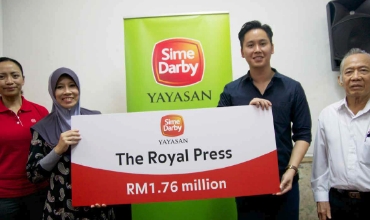
2014
The Royal Press becomes the recipient of a Yayasan Sime Darby grant of RM1.76 million to continue the work of preservation and innovation. The journey of The Royal Press, we believe, is just beginning.
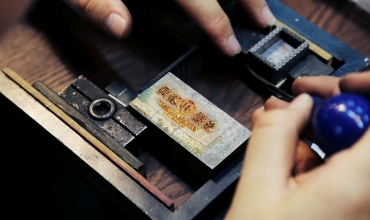
2013, DEC
The Royal Press product collection launches, with merchandise like calendars, notebooks and wrapping papers bearing The Royal Press logo.
2013, AUG
The Royal Press Living Museum opens, and becomes one of the oldest living polyglot museum in the world.
2011
A documentary on The Royal Press airs on Discovery Channel across Southeast Asia. It would later pick up seven nominations and two awards at the 4th Malaysian Documentary Awards.
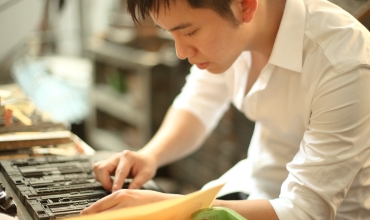
2009
Ee Soon Wei joins the business, and begins the work of reviving The Royal Press. TRP Heritage Sdn Bhd is established to govern the new business at The Royal Press.
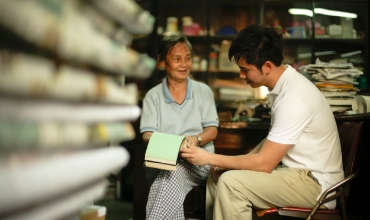
2005
Ee Soon Wei, the grandson of Lay Swee, starts to take more of an interest in his family’s long heritage. He spends weekends in Melaka, sitting in The Royal Press alone, determined to understand the way his family business worked.
2000
The Royal Press accrues annual losses of RM30,000, and staff count drops from 50 to six.
1960s
As the world shifts to offset printing technology, the business decides to keep the cylinder machines to protect the livelihood of the staff. The business begins to suffer.
1957
Lay Swee passes away, handing the business to Kim Bee and their first son, Ee Chong Wah.
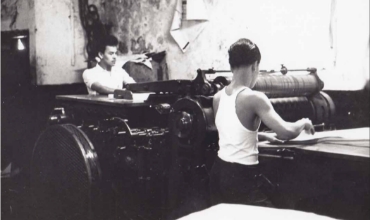
1950s
Business is booming. New machines are imported from Germany and Britain, and the shop prints everything from Chinese monthly newspapers and Peranakan calendars, to cinema tickets and liquor labels.
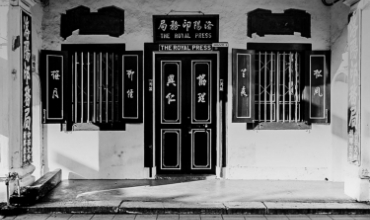
1942
The Royal Press moves to its new premise—after its previous shophouse was destroyed in WWII—to No. 29 and 31, Jalan Hang Jebat, off Jonker Street.
1940
The Japanese Occupation during World War II almost closes the business down, but the family perseveres.
1938
At No. 82, Jalan Kampung Keling, The Royal Press is born.
1936
Lay Swee heads to Melaka, a bustling, exciting town towards the south, to start his own printing business with his wife Lim Kim Bee.
1928
A now-youthful Lay Swee runs the now-named Boon Hua Press after his father returns to China. Filled with the same thirst of adventure as his father, Lay Swee casts his eye over the land, and wants a new business to call his own.
1910
Swee Tiang takes charge of the printing business after he and his friend go their separate ways. In 1916, he would be joined by his nine-year-old son Lay Swee, who would come all the way from China with his mother.
1900s
A young, idealistic man from the Eng Choon district in the Fujian province in China, Ee Swee Tiang, takes a boat from the Port of Xiamen with his friends. They would land on Port Klang in Malaysia. With the fire of a new start burning in their hearts, they open a printing shop and a tyre shop together.